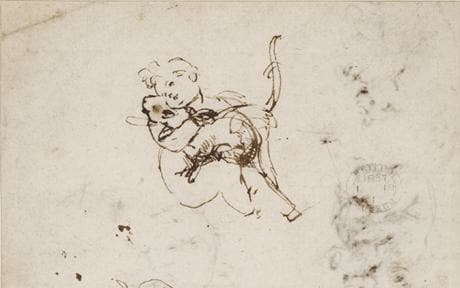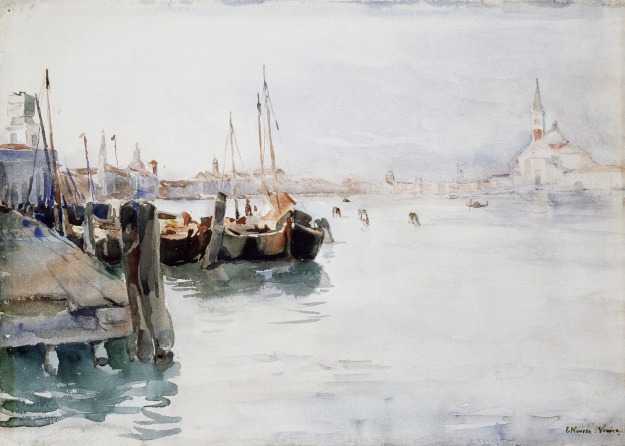You enter an exhibition, perhaps almost by chance. You see the title of the show, and you are trying to orient yourself as to what it is about.
Then you round the first corner in the exhibit room, and boom, you get a jolt. Straight in front of you, out of the blue, you see a piece of art that you know well, something that has resonated with you before. And there it is again, quietly hanging on the wall. This shock of recognition, a thrill of interest and delight, are what makes me realise how much art means to me in daily life.
This reunion with pieces of art that I admire happened a little while ago when I strayed into the lovely CaixaForum exhibition hall in Palma, in the elegantly restored modernist Gran Hotel. I saw that there was an exhibition of etchings entitled, "From Dürer to Morandi. Engravings from the William Cuendet Foundation and the Atelier Saint-Pret". It was a large Swiss collection of very fine editions of work by innumerable artists from Dürer to Rembrandt, Canneletto, Piranesi, Goya, Degas and many others.
One of my first delights was a Rembrandt work - The Holy Family with a Cat, from 1654 - a work that always enchanted me with the inclusion of the cat. I had not seen it for a while, and so lingered to savour of the composition, the feeling conveyed by the whole harmonious order of the etching.
The Holy Family with a Cat, etching, 1654 .Rembrandt Harmensz van Rijn (image courtesy of the Jenisch Museum, Vevey, Switzerland).
Another happy reunion amongst the other one hundred and thirty works was this deliciously memorable work by Edgar Degas, At the Louvre, Painting, Mary Cassatt, 1879-1880. I have always loved its daring composition and essentially late 19th century French atmosphere. Both these images are courtesy of the Jenisch Museum, Vevey, Switzerland.
At the Louvre, Painting, Mary Cassatt, etching, 1879-1880., Edgar Degas (image courtesy of the Jenisch Museum, Vevey, Switzerland).
My impulsive choice to walk into this exhibition, as I hastened through a list of errands, was such a bonus. The shock of recognition jolted me again and again. I came out exhilarated and grateful for the serendipitious gifts of art.

















